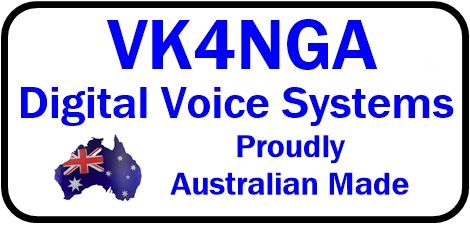This is my research on the origins of the MMDVM – the MultiMode Digital Voice Modem.
Without the work of the people mentioned in this story, the MMDVM would not exist. We would have 2 closed systems, D-Star and Yaesu Wires X. DMR/YSF/P25/NXDN and POCSAG would not have been that easy to use for Ham operators.
This story is in no way complete, rather is a work in progress.
In April 2007, Moe, AE4JY unveiled a home-brew D-Star transceiver (His DVX Project). It included schematic and source code.
In July 2007, Robin AA4RC reminded everyone the D-Star over the air protocol is all open thanks to the JARL. He said he understood and was working on documenting how the internet backbone and callsign routing works (opendstar.org)
In January 2008, a joint effort between Moe, AE4JY and Robin, AA4RC gave use the (blue) DV dongle. Moe’s site provides a technical reference document, schematic and driver source code.
In February 2008, Jakub Hruska unveiled his sound card based D-Star decoder (not open source though).
In May 2008 Satoshi’s GMSK node adapter (and its later, its clones) came along letting folks build and interface to analog radios to build high power hotspots and retrofitted repeaters. This used a CMX GMSK chip.
Shortly their after, Scott Lawson, KI4LKF was looking for a way to connect open source Analog bridge software (his rptdir) to D-Star, and then later the GMSK node adapters. The internet backbone aspects of D-Star still were not openly documented yet by Robin, AA4RC. This led Scott to work on figuring it out.
In February 2010 Inet Labs/Robin AA4RC, publicly unveiled the Digital Voice Access Point (DVAP) Dongle. This new (red) version is for use with a D-Star radio as a low power hot spot. (Neither version’s client ended up with any open source software.)
By January 2009, Jonathan Naylor G4KLX came up with a way to to create GMSK in open source software with a sound card. His first development (the Digital Voice package) was a GUI Linux client that would decode and generate GMSK using a soundcard and interface to a radio with a 9600 Baud packet connector. The Codec processing would is done by interfacing with a DV-Dongle. Its design was to emulate a D-Star capable radio.
Jim KI6ZUM started developing hardware as far back as 2009.
By Feb 2011, a group of German hams (German group (Stefan DG8FAC, Torsten DH1HT, Kurt DJ0ABR, Hans-Jurgen DL5DI and Michael DJ2VA) came up with the DVRPTR (Digital Voice Repeater board) The capabilities of this board were defined in the firmware rather than hardware specific chips. Intended to support multiple digital voice modes.
In July 2015 a German group (Stefan DG8FAC, Torsten DH1HT, Kurt DJ0ABR, Hans-Jurgen DL5DI and Michael DJ2VA- same group that developed the DVRPTR) introduced the DV4mini. A multi-protocol (D-Star and DMR initially) Digital Voice Access Point. A few months later a Florida/US reseller, Wireless Holdings headed by Ulrich, AG0X/DH6SAB appeared and subsequently announced the DV4mobile.
By September 2015 Jonathan Naylor G4KLX, had the MMDVM project underway. It’s a Multi-Mode Digital Voice Modem – a combined hardware and software development of a modem to handle all amateur digital voice modes. This allows folks to interface to analog rigs to create higher power retro fitted repeaters capable of multi mode digital voice.
Developed by Jonathan G4KLX and Jim KI6ZUM. All of the software, much of the firmware was developed by Jonathan. Hardware and much of the firmware was developed by Jim. Later firmware developed by Andy CD6JAU, and still is.
Below is a PCB stack based on a Raspberry Pi that was an early development by Jim KI6ZUM.
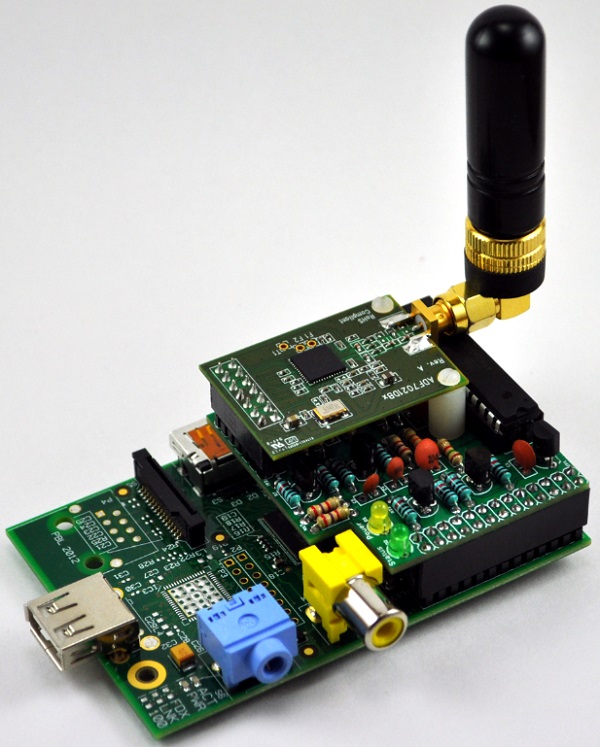
DV Mega is a project of Guus van Dooren, PE1PLM. It began in October 2013.
The initial goal of project is to develop a kit for a dual-band D-Star hot spot transceiver. “Because this can’t be done overnight different modules will be available all based on the D-Star stream. The D-Star steam is common to a DV-node adapter, radio hotspot and transceiver.” DV Mega has since morphed into a collective name for digital voice and data related kits and modules. It is now a whole a family of add-on boards (shields) for Arduino Uno, Arduino MEGA and Raspberry Pi for several digital voice communication standards.

2016, the first openSPOT was sold by Shark RF.
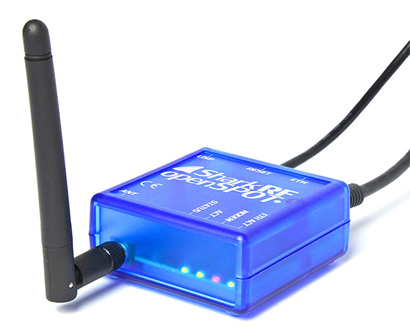
2017 saw the rise of the MMDVM hotpots. The ZUMspot was released by Jim KI6ZUM.
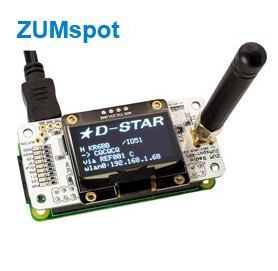
The Chinese made “JumboSPOT” MMDVM boards appeared on the market, mostly sold on eBay, with questionable quality. These are copied versions of the work of Jim KI6ZUM and later versions copied from open source hardware that was developed by Mathis DB9MAT, Florian DF2ET, Andreas DO7EN.

Later hardware development was by Mathis DB9MAT, Florian DF2ET, Andreas DO7EN.

In 2018, Winters BI7JTA and VR2VYE released the MMDVM duplex version.
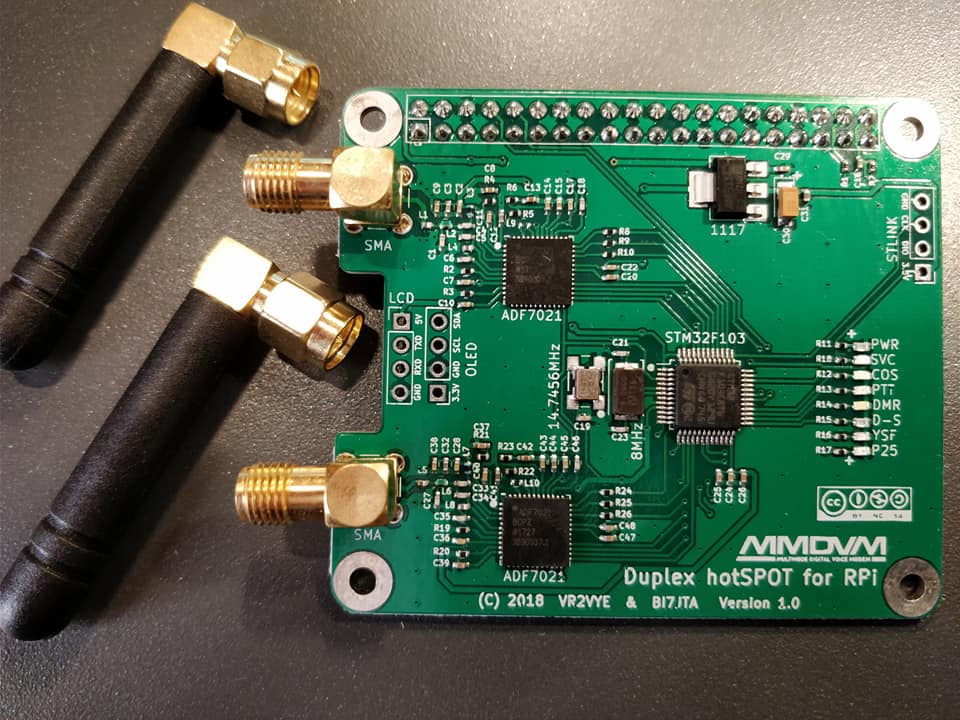
Below is a video by Jonathan Naylor G4KLX “The Road to the MMDVM” Recorded at Pacificon, 2018. Video courtesy of Ray W/YouTube
This story is in no way complete, rather is a work in progress. Cheers Glenn, VK4NGA.
